- Do you subscribe to Dharma Dog Training’s Newsletter? You should.
- A Unique Campaign from The Humane Society of the United States
- Rabid bats in Omaha- Stay safe, prepared with these tips
- Springtime Activities in Omaha
- Mill Dog Monthly from Bailing Out Benji
- World Spay Day, Legislative Alert in Nebraska
- Attend the Nebraska Rescue Council’s monthly meeting this Saturday
- Five Hard-to-Ignore Reasons to Adopt!
- Paws in Pink to Benefit Breast Cancer Foundation
- VCA, Inc. Acquires MidWest Vet Specialists from Kansas State University
Vet Checkup Checklist from Farnam Pet Hospital
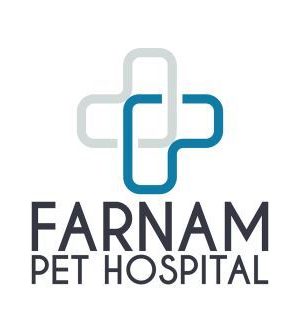
So what exactly happens during a physical exam at the veterinarian’s office? Our new Pet Partners from Farnam Pet Hospital give a complete checklist so you can know what to expect during routine visits. If you aren’t a client at Farnam, use this list to see if your pet doc’s routine is as complete!
Read the list and get to know Farnam Pet Hospital (312 S 15th St. in Omaha) by visiting its website here and follow on Facebook by clicking here!
#1 General
Most physical exams start with a nurse taking down notes on weight and vitals––temperature, pulse rate, respiratory rate, etc.––but we’ll also include immediate impressions — “bright, alert and responsive” (abbreviated as BAR) or “depressed,” “quiet,” “recumbent” and/or “unresponsive.” We note the animal’s “body condition score,” to denote the pet’s degree of heaviness or thinness.
#2 The head
We look at ears, eyes, nose, mouth and teeth. We check for discharge, normal appearance of structures, details on dentition and periodontics, character of the mucous membranes to assess hydration, etc.
#3 Skin and coat
Some pets have such dense hair that getting to the level of the skin in key areas can be like wading through a forest of fur. Finding fleas, ticks and lumps is extra-tough on these pets, especially if they have a large surface area. We also check for hydration here by “tenting” the skin at the shoulders.
#4 The chest
We use our stethoscopes to listen to the heartbeat and breathing. We try to alter your pet’s breathing pattern with our hands on the nose and mouth and feel the pulses as they relate to the beats of the heart.
#5 Circulatory
This is sometimes done as part of steps #1 and #4 where we check mucous membranes for their refill time and when we feel pulses during our chest exam to make sure they synchronize well with the heartbeat.
#6 Orthopedics
We assess the symmetry (or lack thereof) of the musculature, observing how the pet moves/ambulates and physically manipulate limbs and their joints. We also address the spine individually, feeling down every intervertebral junction to identify painful spots.
#7 The abdomen
Palpating the abdomen is not easy in some cases. Some pets hold their abdomens tightly, refusing to allow you a good feel. What we’re feeling for is the size and texture of the organs and the possible presence of abnormal masses. Sometimes we can’t feel much though, even if a pet does let us, and usually that’s because they’re overweight or obese.
#8 Lymph nodes
We feel all the peripheral lymph nodes that are typically palpable: in the neck, in front of the shoulders, and behind the knees. We’ll also check those spots where enlarged lymph nodes will make themselves known (but are otherwise not palpable).
#9 Neurologic
We typically evaluate the cranial nerves as part of the head exam and address some basic reflexes.
#10 The invisible intangibles
These are the issues you may not notice us addressing specifically by the way we are looking at and touching your pet, but which we are picking up as we perform the exam. Issues such as your pet’s scent, and little things that might set off our intuitive alarms; that almighty sixth sense we all cultivate with experience.How long does all this take? The best answer is that it takes as long as it takes. What’s important is to thoroughly cover all the bases, picking up on historical and physical cues. Please feel free to ask questions and involve yourself in the process. It doesn’t cost you one dime more to do so.
Latest News
-
Join Us at Pick A Pooch 2025: A Fun-Filled Weekend for the Whole Family
A Fun-Filled Weekend for Pet Lovers and Families Alike Mark...
- Posted 1 year ago
- 0
-
Beardmore Presenting Sponsor At This Years Pick-A-Pooch event
🐾 We are thrilled to announce that Beardmore Subaru is...
- Posted 4 weeks ago
- 0
-
How Having A Pet Can Change Your Life
Having a pet can open your heart in ways that...
- Posted 2 months ago
- 0
-
How To Improve The Life Of Your Senior Pet
Do you have an elderly fur baby and want to...
- Posted 3 months ago
- 0
-
Springtime Activities To Enjoy With Your Furry Friends
Are you preparing for warmer weather and want some ideas...
- Posted 4 months ago
- 0
-
Pros And Cons Of Microchipping Your Pets
Have you considered whether your pets should be microchipped and...
- Posted 5 months ago
- 0
-
The Best New Fun Toys For Dogs And Cats
The Best New Fun Toys For Dogs And Cats Did...
- Posted 5 months ago
- 0
-
Heartfelt Ways To Show Your Pet You Love Them
Did you know there are more ways to show your...
- Posted 6 months ago
- 0



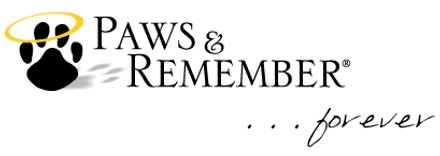
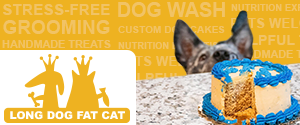

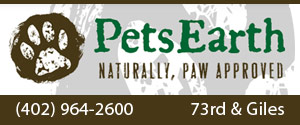
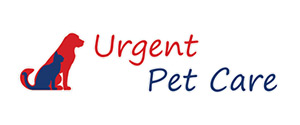


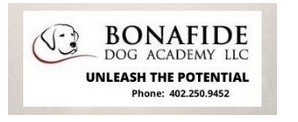



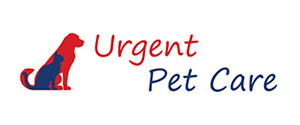


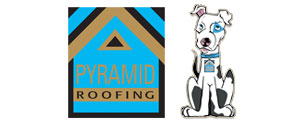

You must be logged in to post a comment Login